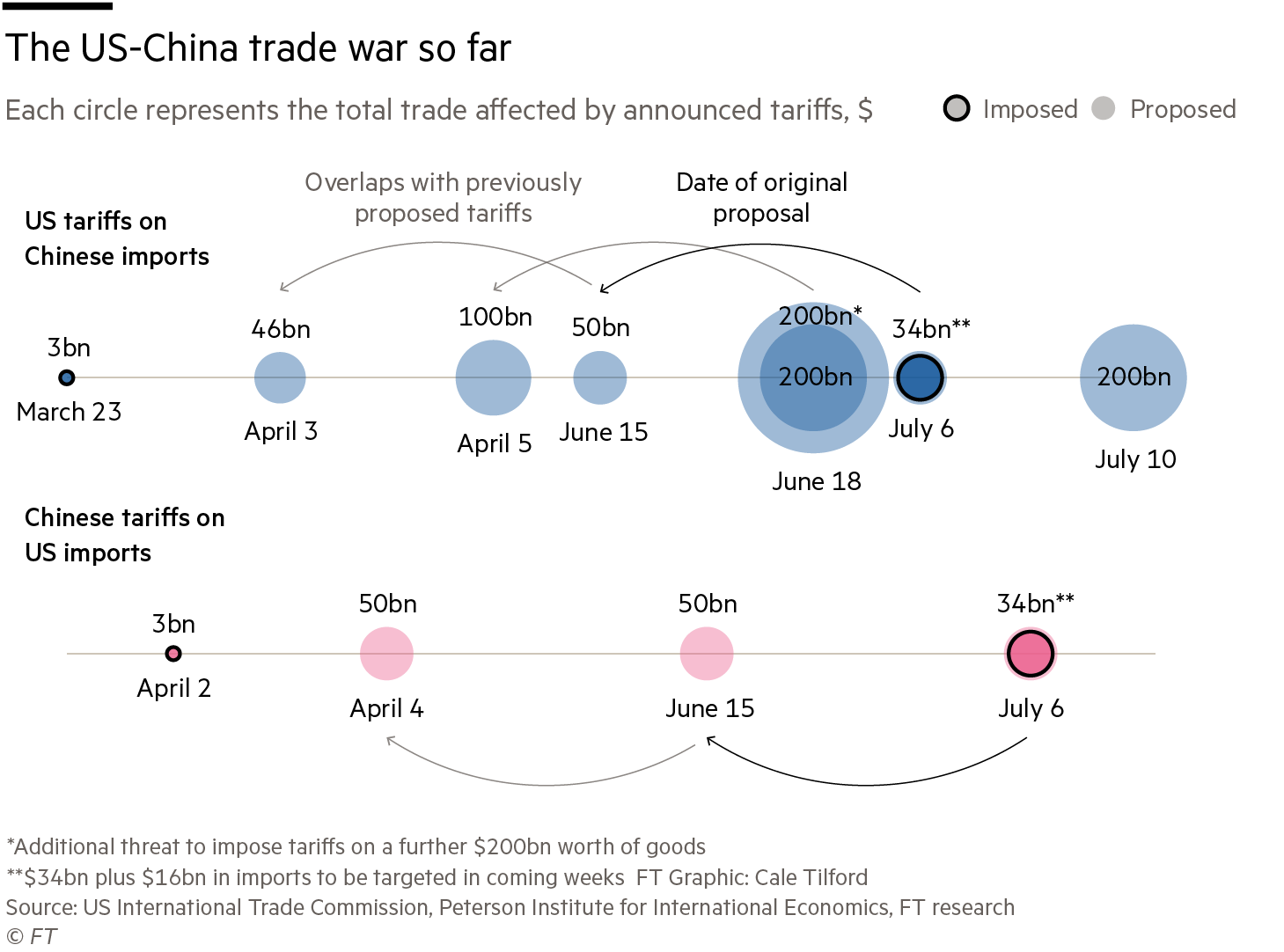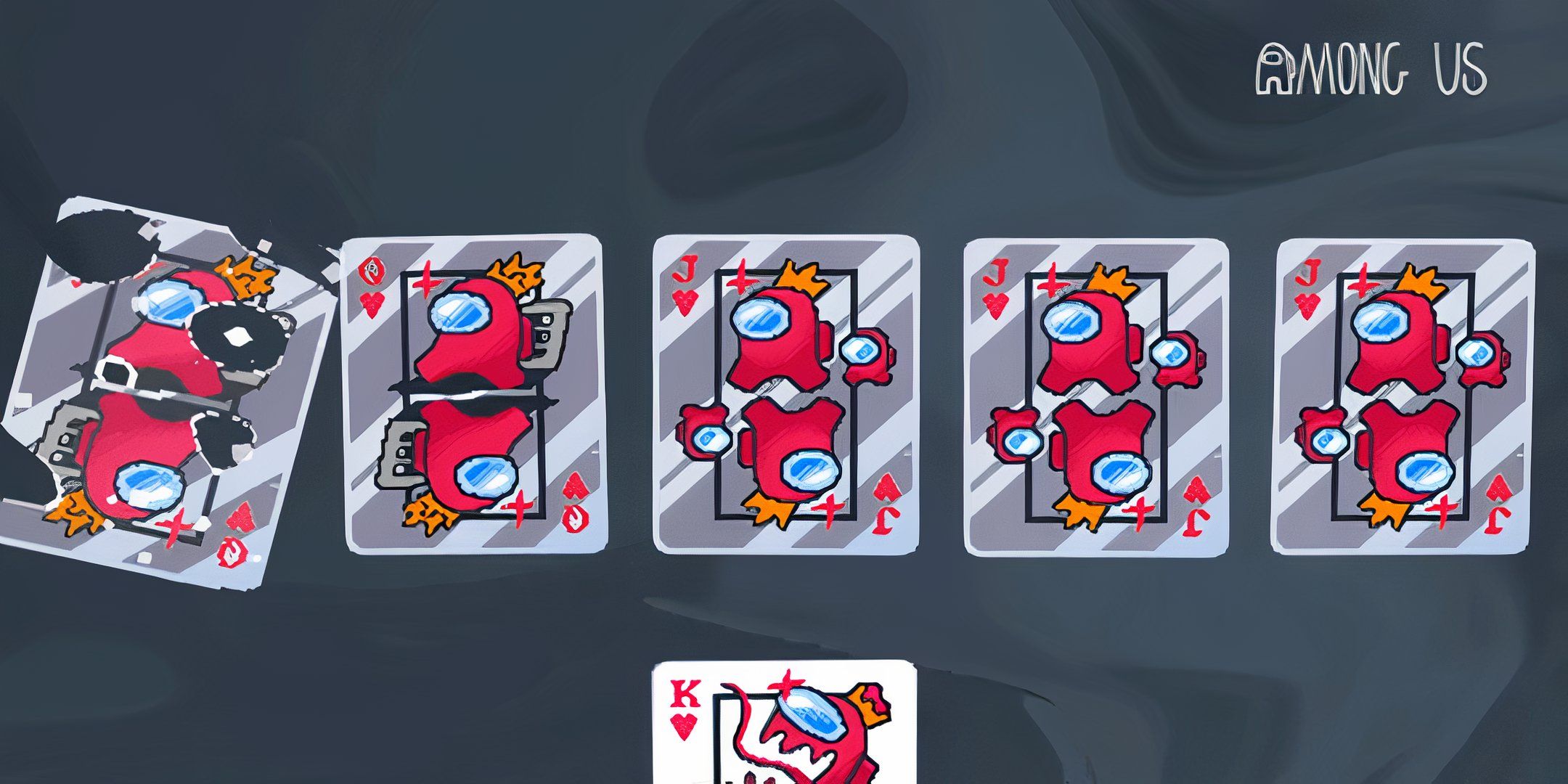The US-China Trade War: Who Conceded First?

Table of Contents
1. Early Stages: Escalation and Initial Tariffs
The US-China trade war officially began in 2018 under the Trump administration, driven by concerns over significant trade imbalances, intellectual property theft, and unfair trade practices by China. These concerns fueled a series of escalating actions, marking the opening stages of this significant economic conflict.
H3: Trump Administration's Actions: The Trump administration initiated the conflict by imposing tariffs on a wide range of Chinese goods. The stated rationale was to address what the US perceived as unfair trade practices, aiming to level the playing field and protect American industries.
- 25% tariffs on $50 billion worth of Chinese goods: This initial wave targeted technology and other strategically important sectors.
- 10% tariffs on a further $200 billion of goods: This escalation broadened the scope of the trade war, impacting various consumer goods.
- Threat of tariffs on virtually all remaining Chinese imports: This demonstrated the administration's willingness to escalate the conflict significantly.
These actions immediately impacted Chinese exports, leading to economic repercussions and prompting a swift response from Beijing.
H3: China's Response: China retaliated with its own tariffs on US goods, mirroring the US approach both in terms of the range of products and the tariff rates. This tit-for-tat escalation marked the beginning of a prolonged period of trade tensions.
- Retaliatory tariffs on agricultural products, impacting US farmers significantly.
- Restrictions on the import of US soybeans and other agricultural goods.
- Increased scrutiny and restrictions on US companies operating within China.
2. Mid-Stage Negotiations and Partial Agreements
Despite the initial escalation, both sides eventually recognized the need for negotiations. This led to periods of intense diplomatic engagement, resulting in a landmark, yet partial, agreement.
H3: The "Phase One" Deal: The "Phase One" trade deal, signed in January 2020, represented a significant turning point, albeit a limited one. China agreed to purchase a substantial amount of US agricultural products, while the US made some concessions by reducing existing tariffs on some Chinese goods. However, whether this represented a clear concession from either side remains a point of debate amongst economists.
- China committed to purchase a minimum amount of US agricultural products over two years.
- The US reduced some tariffs on Chinese goods, but many remained in place.
- The agreement addressed some intellectual property concerns, but fell short of fully resolving the issue.
H3: Continued Tensions and Stalemates: While the "Phase One" deal provided a temporary reprieve, it did not resolve the fundamental issues underlying the trade war. Negotiations continued, frequently stalling and leading to periods of renewed tension. Neither side made significant further concessions during this phase.
- Disagreements persisted over technology transfers, intellectual property rights, and market access.
- The COVID-19 pandemic further complicated negotiations and shifted priorities.
- Both sides continued to maintain a significant number of tariffs on each other's goods.
3. Later Stages and the Shifting Global Landscape
The later stages of the US-China trade war were significantly shaped by external factors, including the COVID-19 pandemic and broader geopolitical shifts.
H3: Impact of the COVID-19 Pandemic: The COVID-19 pandemic created a global economic crisis, disrupting supply chains and forcing both countries to refocus their priorities. While the pandemic didn't necessarily lead to explicit concessions, it undeniably altered the dynamics of the trade war.
- Focus shifted from trade disputes to managing the health crisis and economic recovery.
- Supply chain disruptions created new vulnerabilities and encouraged some degree of cooperation.
- The pandemic arguably weakened the political will to maintain aggressive trade protectionism.
H3: Geopolitical Shifts and New Alliances: The trade war has become intertwined with broader geopolitical dynamics. The rise of tensions between the US and China has led both nations to foster new alliances and adjust their strategies. This pressure has indirectly influenced both sides' behavior, although direct concessions are harder to pinpoint.
- The trade war has spurred the formation of new economic alliances and partnerships.
- Both countries have sought to diversify their trading relationships, reducing reliance on each other.
- The competition for technological dominance has become a key aspect of the geopolitical landscape.
Conclusion:
Determining who "conceded first" in the US-China trade war is a complex question. While the "Phase One" deal may seem like a Chinese concession due to increased purchasing commitments, the US also reduced some tariffs. Both sides maintained a significant number of tariffs throughout the conflict, and neither party fully yielded on core issues. The overall impact suggests a prolonged period of tension rather than a clear victory for one side. The lasting effects of this trade war include disrupted supply chains, increased trade tensions, and the reshaping of the global economic order. The implications for future US-China economic relations are significant and uncertain. To further your understanding of the complexities of the US-China trade war and its evolving dynamics, explore [link to relevant resource on US-China trade relations].

Featured Posts
-
 Hokejove Ms Nemecko A Svedsko Propastny Rozdil V Zastoupeni Nhl
May 16, 2025
Hokejove Ms Nemecko A Svedsko Propastny Rozdil V Zastoupeni Nhl
May 16, 2025 -
 Jimmy Butler Eyes The Prize Ignores Miami Hype
May 16, 2025
Jimmy Butler Eyes The Prize Ignores Miami Hype
May 16, 2025 -
 L Eau Du Robinet Et La Pollution Choisir Le Bon Filtre Pour Une Eau Pure
May 16, 2025
L Eau Du Robinet Et La Pollution Choisir Le Bon Filtre Pour Une Eau Pure
May 16, 2025 -
 Ge Force Now Game Additions Halo Balatro And Others
May 16, 2025
Ge Force Now Game Additions Halo Balatro And Others
May 16, 2025 -
 Live Stream Toronto Maple Leafs Vs Ottawa Senators Game 4 Free Nhl Playoffs
May 16, 2025
Live Stream Toronto Maple Leafs Vs Ottawa Senators Game 4 Free Nhl Playoffs
May 16, 2025
